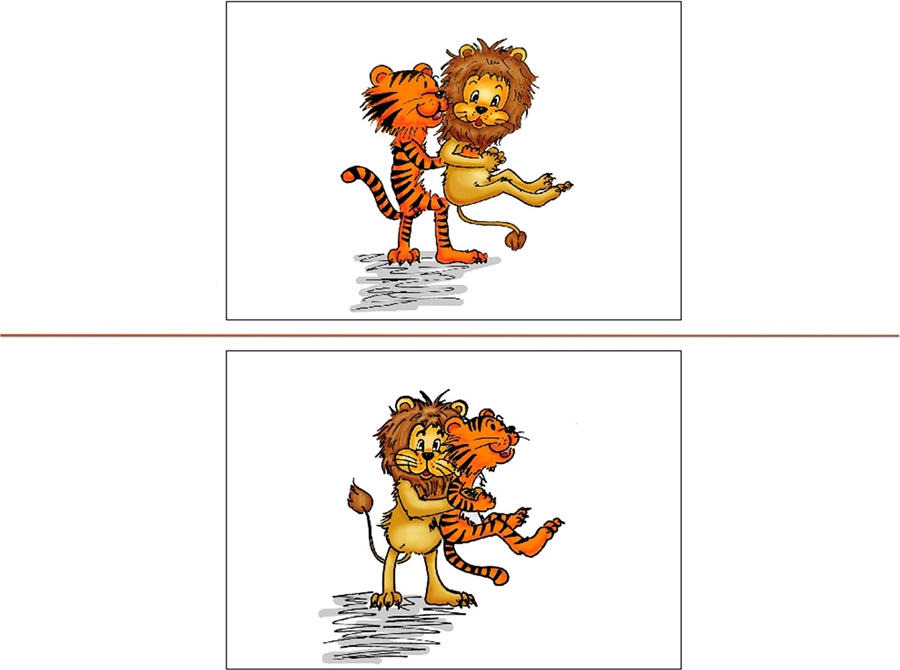
FAYETTEVILLE, Ark. – Weiyi Ma, assistant professor of human development and family sciences in the U of A's Dale Bumpers College of Agricultural, Food and Life Sciences, has had research on children's use of syntax published by the Journal of Psycholinguistic Research.
Ma, who joined the faculty in Bumpers College's School of Human Environmental Sciences last fall, conducted a study on "Children's Use of Morphological Cues in Real-Time Event Representation" with shared first author Peng Zhou of Tsinghua University.
Their research examined children's ability to use morphosyntax to distinguish between an active event and a passive event. Morphosyntax refers to the internal structure of words and the way they are put together to form phrases and sentences.
Their study investigated whether or not and how fast young children can use information encoded in morphological markers during real-time event representation. Using the visual world paradigm, they tested 35 adults, 34 five-year-olds and 33 three-year-olds. The study was conducted in Beijing in monolingual Mandarin-speaking children.
Mandarin was used because it has an active marker and a passive marker that can be used to distinguish two identical sentences as referring to either an active event or a passive event. As a result, participants relied solely rely on their morphosyntactic knowledge of the markers in this speech recognition task.
"The results showed that the adults, the five-year-olds and the three-year-olds all exhibited eye gaze patterns that reflected a rapid use of morphological cues during real-time event representation," said Ma. "There was no difference in the time course of the eye gaze patterns of the five-year-olds and those of the adults, indicating that five-year-old children already have adult-like processing abilities and can use morphological cues as effectively as adults during real-time event representation."
The study also showed a 400 millisecond delay in the eye gaze patterns by the three-year-olds as compared to the five-year-olds and adults.
"We proposed that the observed difference might reflect a difference in the general cognitive processing abilities between the three age groups," said Ma.
Ma leads research efforts at the Jean Tyson Child Development Study Center and is focusing on building a nationally and internationally recognized research program on child cognitive and language development. He is incorporating eye-tracking methods for preverbal children with expressive difficulties to be used in testing language knowledge. He hopes to build the first eye-tracking testing station in Arkansas, which could be used in nurseries and homes, extending his research into translational science.
Ma was associate investigator of the Australian Research Council's Centre of Excellence in Cognition and its Disorders, and a member of the human science faculty at Macquarie University in Sydney, Australia, from 2014 to 2017. He has also served as assistant, associate and adjunct associate professor, and research fellow at the University of Electronic Science and Technology of China in Chengdu; and as a research assistant, laboratory coordinator and teaching assistant at the University of Delaware.
More on the study here.
About the Dale Bumpers College of Agricultural, Food and Life Sciences: Bumpers College provides life-changing opportunities to position and prepare graduates who will be leaders in the businesses associated with foods, family, the environment, agriculture, sustainability and human quality of life; and who will be first-choice candidates of employers looking for leaders, innovators, policy makers and entrepreneurs. The college is named for Dale Bumpers, former Arkansas governor and longtime U.S. senator who made the state prominent in national and international agriculture.
About the University of Arkansas: The University of Arkansas provides an internationally competitive education for undergraduate and graduate students in more than 200 academic programs. The university contributes new knowledge, economic development, basic and applied research, and creative activity while also providing service to academic and professional disciplines. The Carnegie Foundation classifies the University of Arkansas among only 2 percent of universities in America that have the highest level of research activity. U.S. News & World Report ranks the University of Arkansas among its top American public research universities. Founded in 1871, the University of Arkansas comprises 10 colleges and schools and maintains a low student-to-faculty ratio that promotes personal attention and close mentoring.
Topics
Contacts
Robby Edwards, director of communications
Dale Bumpers College of Agricultural, Food and Life Sciences
479-575-4625, robbye@uark.edu